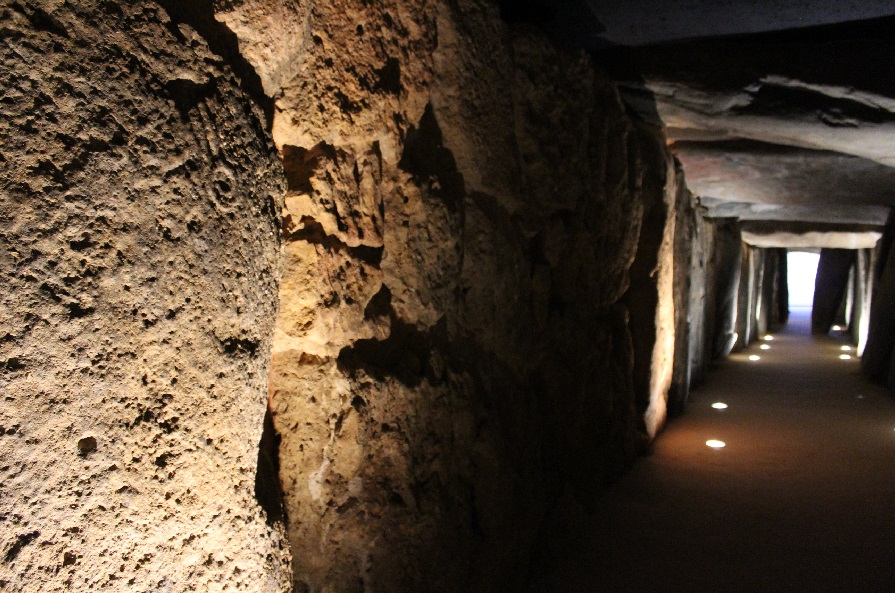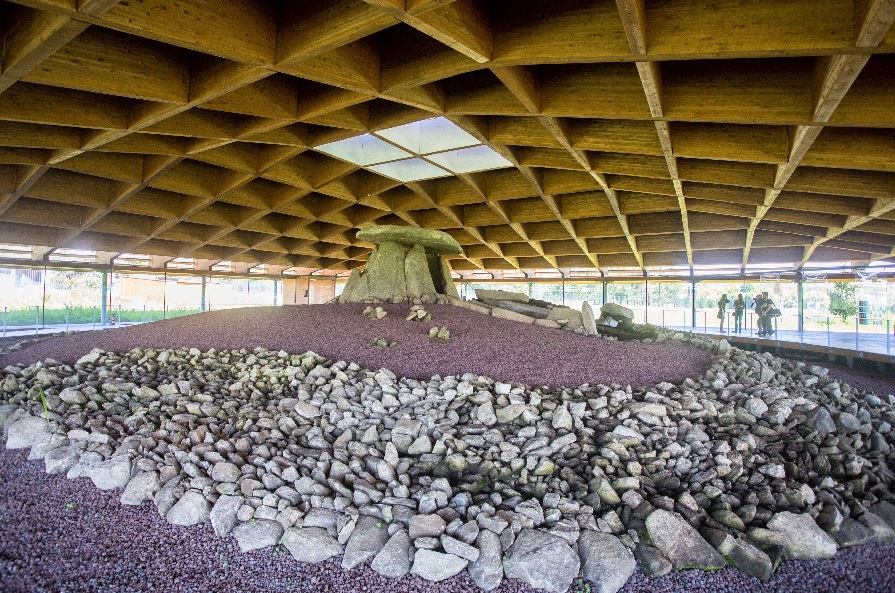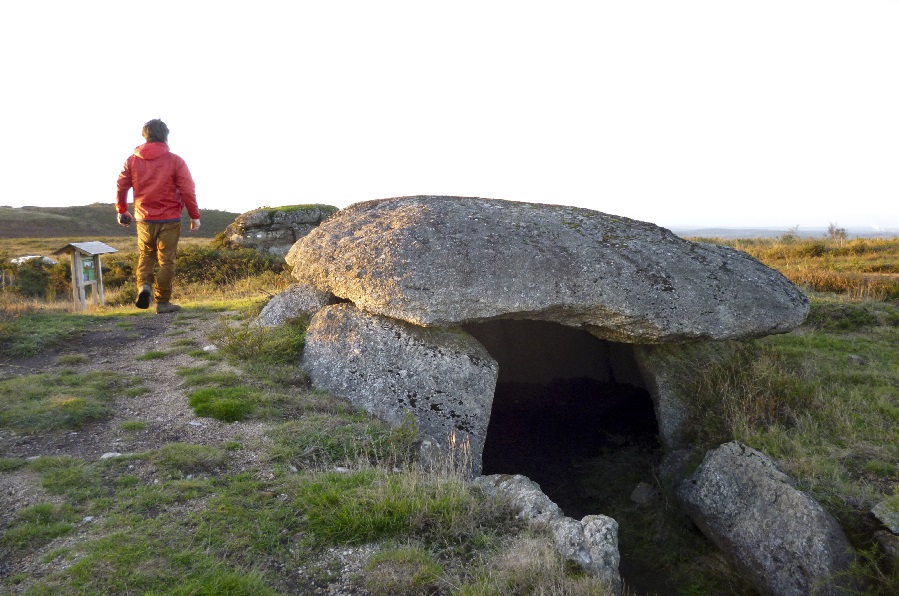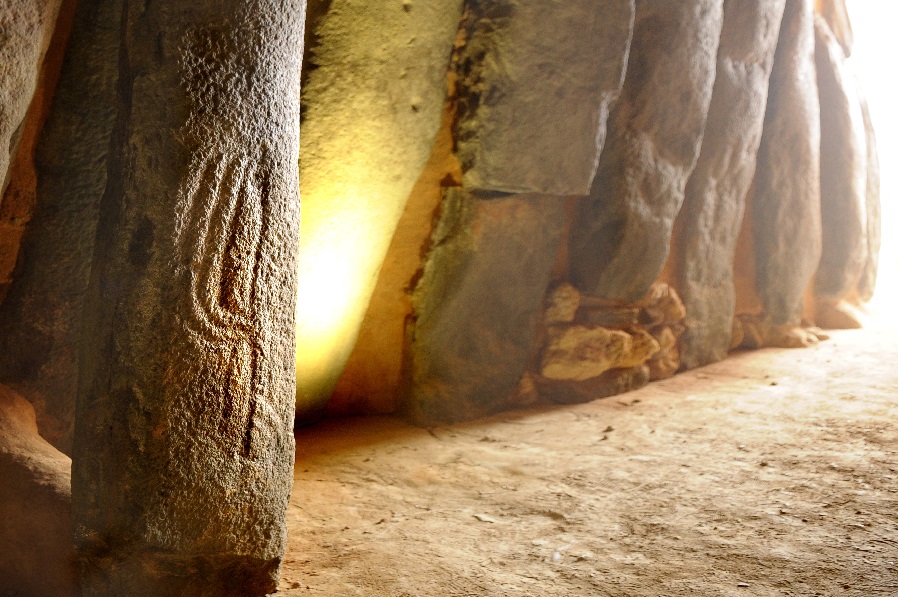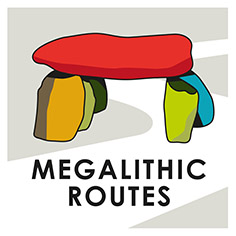Growing presence of southern Europe on the European Route of Megalithic Culture
European Route of Megalithic Culture has been strengthened in the last year with the inclusion of four new members from southern Europe.
This route was born in 2013 thanks to the impulse of Germany and other countries from the centre and north of the continent. However, from the outset, its vocation has been to consolidate this cultural route through all the countries of Europe, also incorporating the southern regions.
Until November 2021, the Autonomous Region of Valle d’Aosta (Italy), Les Amis de Filitosa (Corsica), the Comarca of Sobrarbe (Spain), Seró Espai Transmissor (Spain) and ADT Campoo Los Valles (Spain) were part of it.
However, with the recent incorporation of four new megalithic territories from Portugal, Spain and Turkey, the presence of members from Southern Europe has notably increased.
The Axencia Turismo de Galicia represents a large territory located in the northwest of Spain, with hundreds of megalithic monuments of different typologies, such as the impressive Dolmen de Dombate (Cabana de Bergantiños), Dolmen Forno dos Mouros (Toques) or Dolmen de Hospital de Montouto (A Fonsagrada).
A little further south, in the centre of Portugal, the Associação de Estudos do Alto Tejo promotes the revitalisation of the megalithic heritage of the Intermunicipal Community of Beira Baixa (CIMBB), in the heart of the UNESCO Global Geopark Naturtejo, with megaliths such as the dolmen do Carapito (Urgueira), the dolmen of Cão do Ribeiro (Proença-a-Nova) or the dolmen Cabeço d’Ante (Vila Velha de Ródão).
Trigueros Town Council, in Andalusia, has also joined the route as a new member, with its spectacular Dolmen de Soto, one of the most impressive Neolithic monuments in the south of Europe.
On the other hand, the geographical and cultural framework of this European route has been significantly extended with the incorporation of Göbekli Tepe, Sanliurfa Tourist Development (Turkey) with one of the oldest megalithic complexes known to date, built six thousand years before the Stonehenge monument. Göbekli Tepe was also listed as an UNESCO World Heritage site in 2018, because it is worldwide the oldest known megalithic architecture, starting already in mesolithic times.
These new additions make the European Route of Megalithic Culture a unique tool to enjoy some of the oldest monuments in Europe, through itineraries that cross some of the most breathtaking cultural landscapes of our continent and remind us of our common past.
